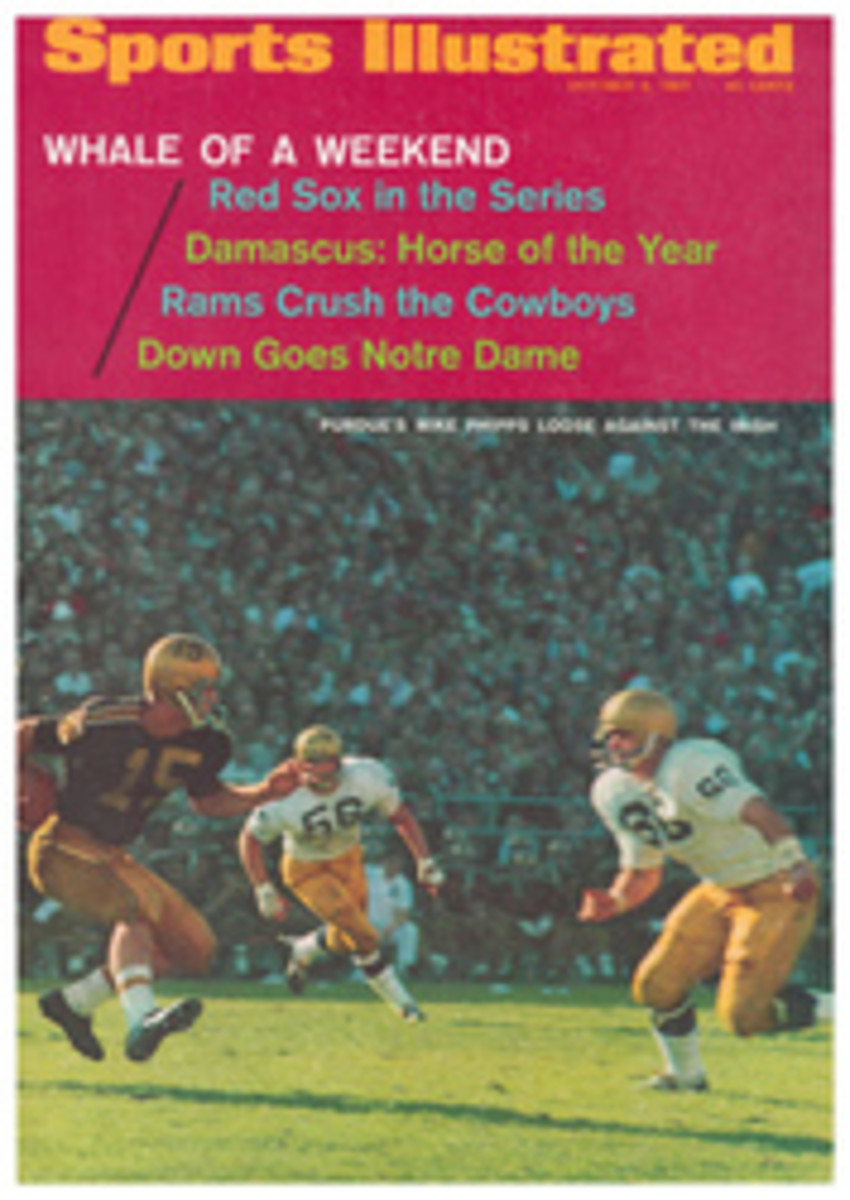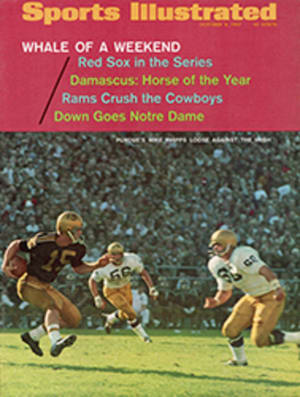
Flying is not quite riding a bike, but a new book makes it seem almost as easy
The fact that almost anyone can learn to fly an airplane is greeted skeptically by some 70% of Americans who have never been airborne. Whether from distrust or lack of understanding, the earthbound still think that flying is for super daredevils.
In his book, Pilot Your Own Plane (Sterling, $3.95), Robert Scharff offers both encouragement and reassurance to the would-be fledgling who knows nothing and is wary of the new dimension he yearns to explore. If it is not yet quite true, as Scharff implies, that the family plane has taken the place of the family car, he makes it seem at least a likelihood for the future.
To bolster his case Scharff devotes a section to the safety of private flying. He explains that improvements in equipment have made the pilot's job safer and simpler, and that better instruction methods and piloting aids have vastly improved the capabilities of the man behind the wheel. In his enthusiasm, Mr. Scharff perhaps makes too little of the obvious danger to commercial air travel of swarms of fledgling pilots near busy airports, but he does insist that accidents are caused "not by the complexity of an airplane, but rather by a human being who did something he knew better than to do." The better taught the human being, the less he is likely to commit such errors.
The second chapter explains how to look for an authorized school, how much it will cost to learn and what is required to obtain a license. A medical exam by an FAA-designated physician, a written theory exam and a minimum of 20 hours of instruction and 20 hours of solo flying are required before a flight test can be taken for a private license.
In ensuing chapters Mr. Scharff explains the basic principles of flight and how an airplane functions and what to expect on a first flight. Surprisingly, one discovers that the plane is intrinsically stable and, once initial adjustments are made, tends to keep itself in a state of equilibrium, so that flying becomes easier than driving. For those who have already learned all this, Mr. Scharff gives suggestions on where to go and how to get there. He even includes hints on what to photograph along the way.
The most frequently asked questions concern the expenses involved in flying—whether it is cheaper to buy one's own plane, rent one or join a club. Mr. Scharff discusses all these subjects and concludes with a chapter on what careers aviation has to offer the fastest-growing group of pilots in the country, the teen-agers. Together with a glossary of aviation terms and an index, his book is a fine factual handbook for those who yearn toward the sky.

